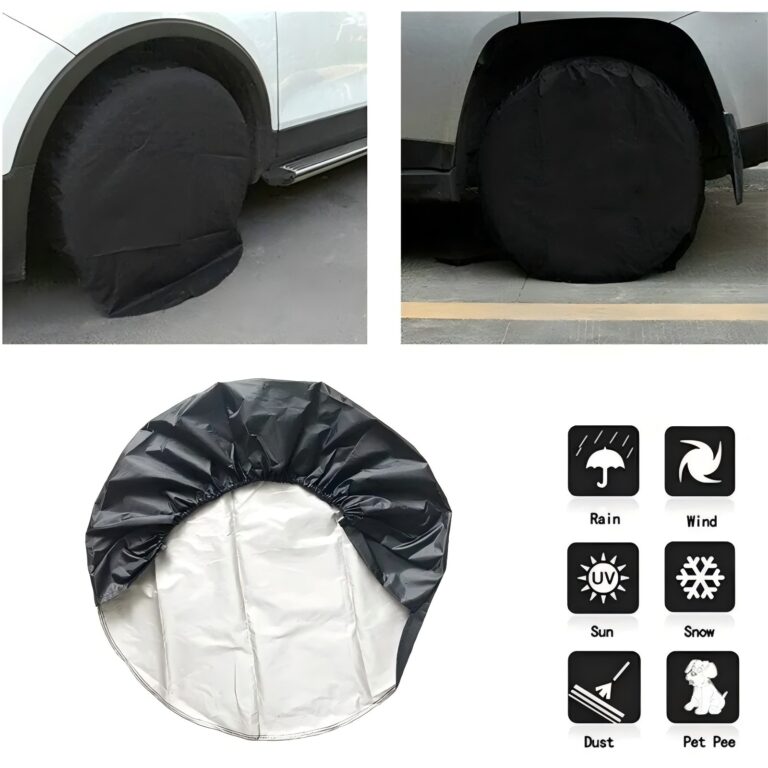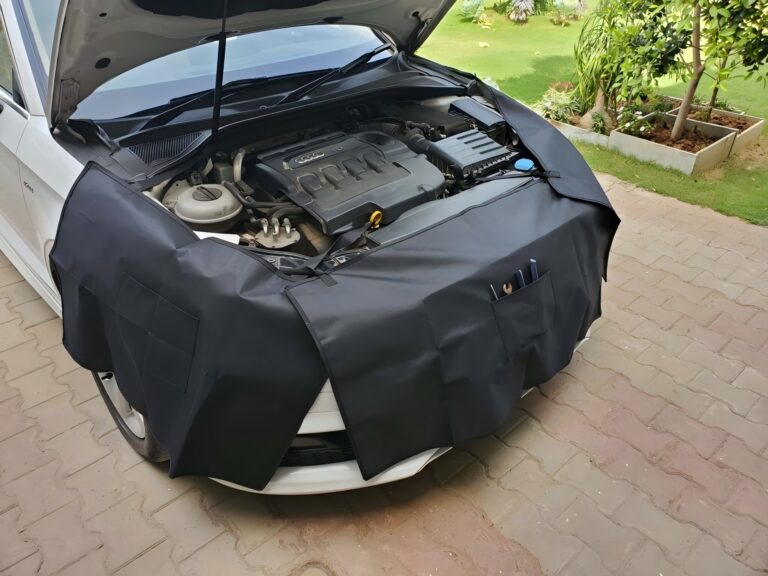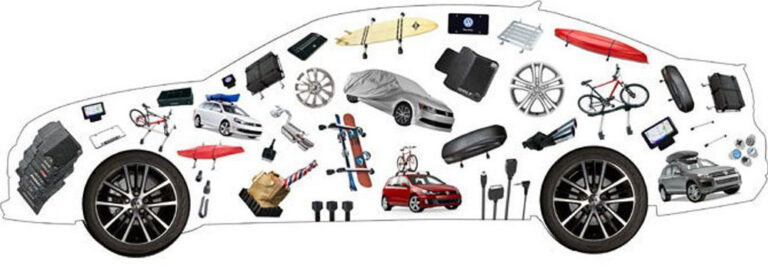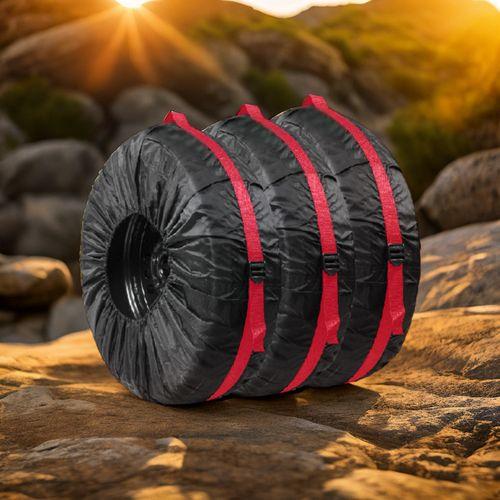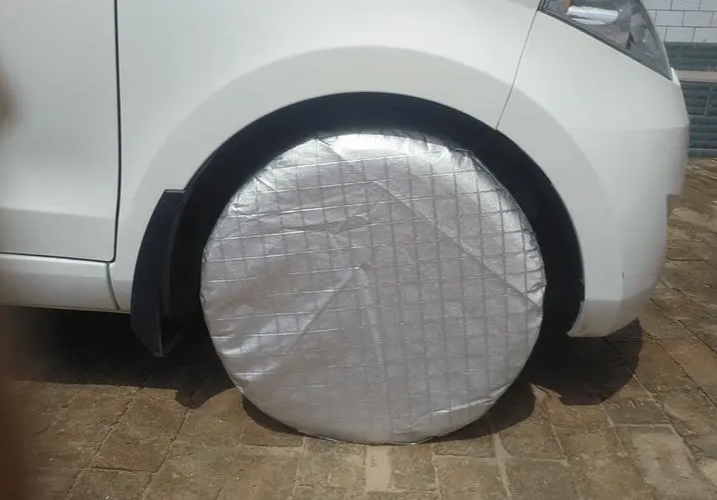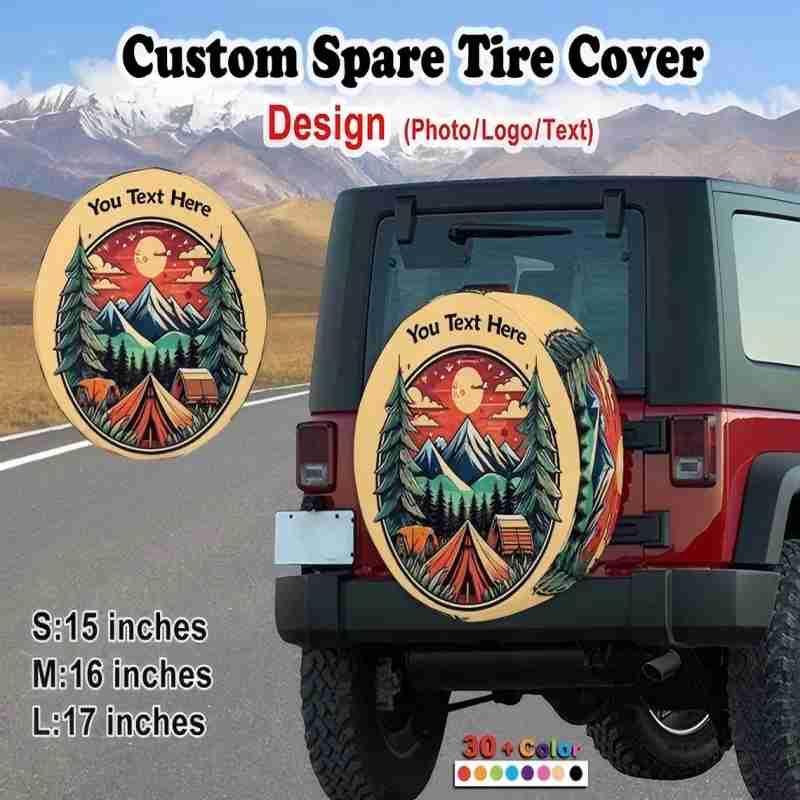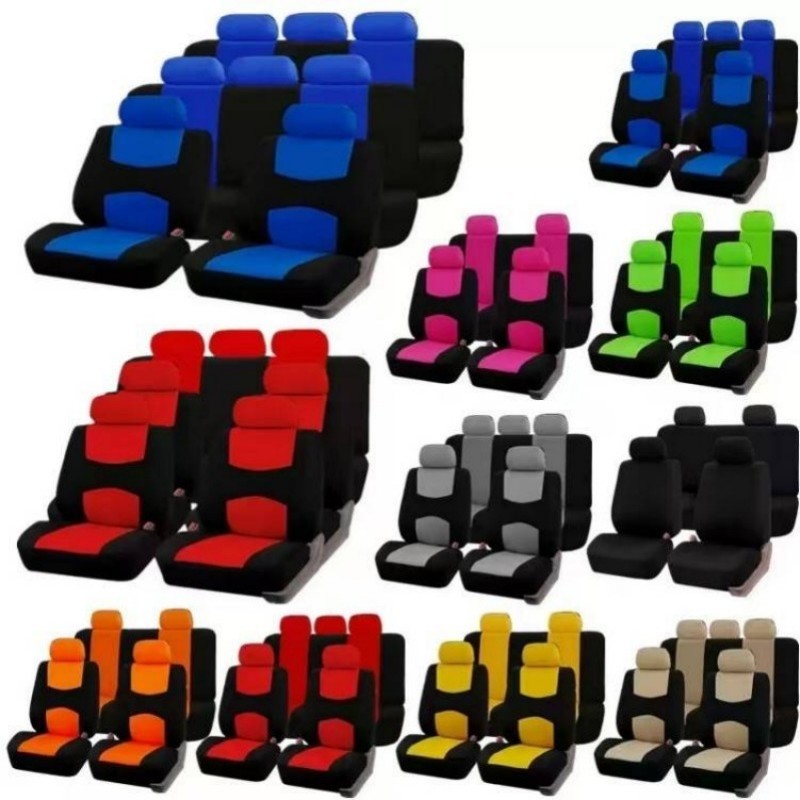-
Xingming Road, Yanyuan, Xingtan, Shunde, Foshan, Guangdong
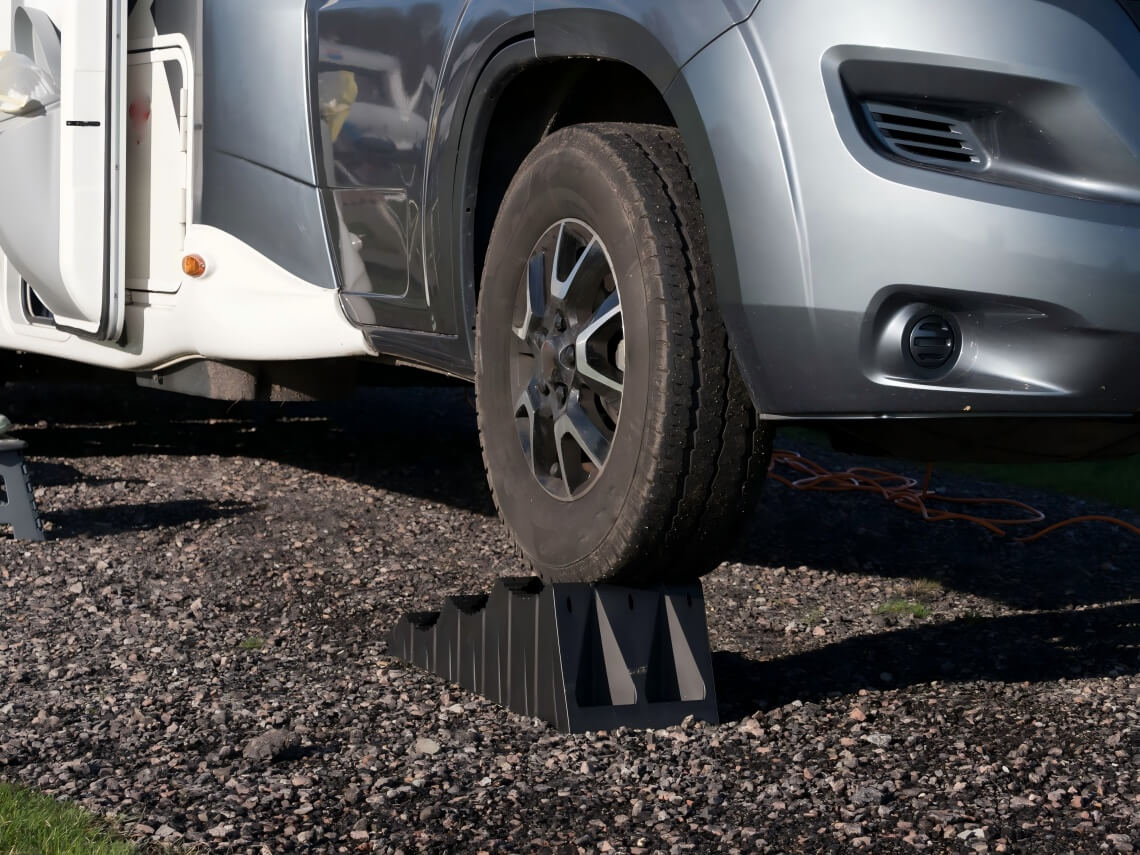
RV Tire Maintenance: Expert Storage Guide & 8 Tips
Table of Contents
Introduction of RV tires
For Class A RVs worth millions, tires are like the joint system of the human body, bearing the core responsibility of supporting the weight of the entire vehicle and ensuring driving safety. According to a study by the United States Tire Manufacturers Association (USTMA), tire loss caused by improper storage accounts for 43% of RV tire premature scrapping cases. This article will systematically analyze 8 professional RV tire maintenance techniques, combined with Michelin tire laboratory data and Goodyear RV special tire guide, to help car owners extend tire life by more than 30%.

Construction of a scientific RV tire cleaning system
Deep cleaning should follow the “three-level treatment method”: first use a low-pressure water gun (pressure ≤50psi) to wash the surface mud and sand to avoid high-pressure water flow impacting the tread grooves; secondly, use a special detergent with a neutral pH value (such as Chemical Guys TIRE_01) and a soft brush for circular brushing; finally, use a 100% cotton cloth to wipe dry to prevent water stains from remaining. The RV Industry Association of the United States recommends that a complete cleaning process be performed after each long-distance trip, and that a tire protectant containing polysiloxane components be applied before seasonal storage (reference: Chapter 12 of the RVIA Maintenance Manual).
RV tire dynamic rotation system optimization
For Class A RVs with different axle weights, the rotation plan needs to be handled differently:
- Heavy front bearings (such as Newmar London Aire): Use the “front wheel cross-rear shift” mode to move the front wheels diagonally to the rear axle every 8,000 kilometers
- Rear double-axle models: Perform “X-type cross rotation” to ensure that each tire is evenly stressed
- Vehicles with special size configurations: Refer to the recommendations of Winnebago engineers and only rotate the coaxial position
Key tips: Use a laser locator to ensure that the wheel hub bolt torque value is accurate to the manufacturer’s standard ±3% (data source: Michelin Engineering White Paper)
RV tire pressure intelligent monitoring solution
It is recommended to install a TPMS tire pressure monitoring system to achieve real-time data tracking. Note during storage:
- Temperature compensation formula: P storage = P standard × (1 + 0.0036 × ΔT)
- Advantages of nitrogen filling: permeability is 30-40% lower than air, and pressure stability is improved by 2.3 times (data from Goodyear technical documents)
- Seasonal adjustment: 1 psi of air needs to be added for every 10°F drop in temperature in winter, and vice versa in summer
Principle of scientific load distribution
Measure the load of each tire through a three-dimensional load analyzer to ensure that the difference rate is less than 5%. It is recommended to use the Equalizer unloaded balancing system to reduce the suspension pressure to 70% of the manufacturer’s recommended value. Important: The water in the vehicle’s water tank must be removed before storage. This alone can reduce the load by 800-1200 pounds.
Selection criteria for composite protective covers
Top-level protective covers should have:
- Multi-layer structure: outer UV protection coating (UPF50+) + middle insulation layer + inner skin-friendly material
- Certification standard: Pass SAE J2527 accelerated aging test
- Installation tips: Use rubber sealing strips to achieve full-circle sealing. It is recommended to use TireGard Pro series products (Amazon rating 4.8/5)
Life cycle management system
Establish electronic tire files and record the following parameters:
- DOT production date code (such as 2323 for the 23rd week of 2023)
- Cumulative mileage and load curve
- Repair history and damage map Replace immediately when the following conditions occur:
- Remaining groove depth of tread <4/32 inch
- Sidewall crack depth >2mm
- Rubber hardness tester reading >70IRHD
Structured inspection process
Develop a “5-point inspection method”:
- Tread flaw detection: Use an endoscope to check the status of the wire layer
- Sidewall stress test: tap and listen for abnormal hollow sound
- Air tightness verification: soap water test method
- Balance test: install HUNTER Road Force balance machine
- Aging assessment: UV damage index analysis
Professional storage environment creation Ideal storage condition parameters:
- Temperature: 10-25℃ (fluctuation <5℃/24h)
- Humidity: 40-60%RH
- Light: <50lux
- Floor: epoxy resin coating + rubber cushion Advanced solution: Use hydraulic lifting device to lift the tire 3-5cm off the ground, and cooperate with the rotating bracket to automatically rotate 15° per week (patent number: US 10,435,241 B2)
- Use the RV tire cover for protecting the tire.
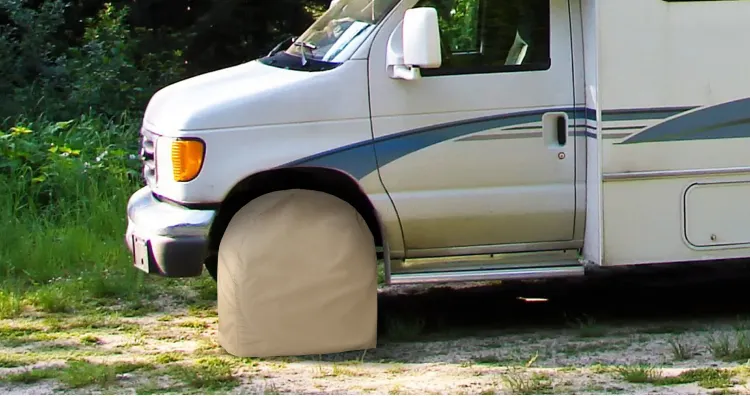
Conclusion
By implementing these 8 systematic maintenance strategies, the average service life of RV tires can be extended from the conventional 5-6 years to 7-8 years, saving about $1200 in replacement costs each year (data source: RV Tire Safety Group). It is recommended that car owners visit the National Highway Traffic Safety Administration (NHTSA) tire safety special page to update the knowledge base every quarter, and download the Michelin RV TireCare APP to obtain personalized maintenance plans. When the tire reaches the end of its service life, it must be professionally processed through the STARFIRE certified recycling channel to achieve dual protection of safety and environmental protection.

